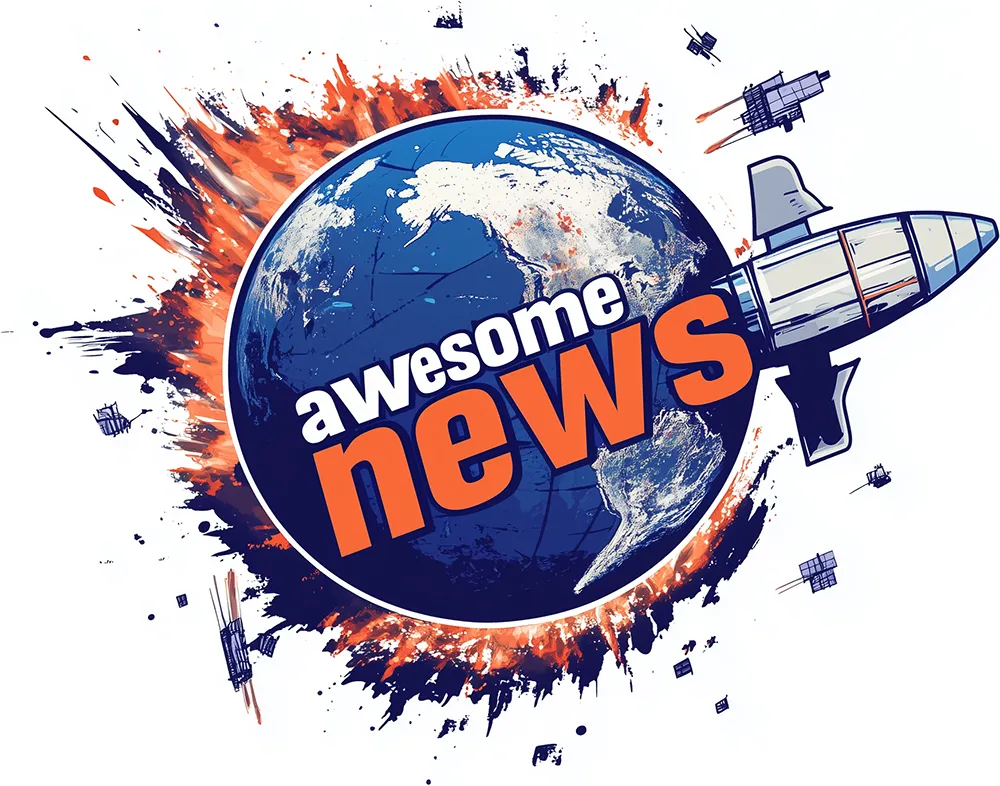In a move surrounded by intrigue and discussion, former President Donald Trump has once again captured the headlines. This time, it’s for picking a new Secretary of Transportation. The choice? A former lawmaker and popular Fox Business host. But what does this mean for the future of America’s transportation infrastructure and policy? Let’s delve into this latest development, its implications, and whether this high-profile selection fits into the broader vision for the nation’s transit systems.
The Unveiling: A Blend of Politics and Media Prowess
The nominee, whose identity we’ve all been eagerly dissecting since the announcement, comes not just with a political resume but also with a media presence that has kept many Americans informed and engaged over the years. This dual experience might be precisely what Trump is banking on—leveraging both the tactical maneuvering needed in political realms and the communications skills honed in media settings.
What does this mean for the Department of Transportation (DOT)? A leadership style that could potentially be unorthodox, blending policy experience with media savvy to effectively manage not only the internal workings of the department but also the public perception of transportation initiatives.
A Career Spanning Politics and Media
From Public Office to the Primetime Spotlight
The nominee’s background as a lawmaker provides them with firsthand experience in the intricacies of legislative processes, something that will undoubtedly be an asset in navigating the corridors of power within the transportation sector. Their tenure in office was marked by notable efforts in infrastructure related legislation—often spotlighting the critical importance of revamping America’s extensive but aging network of roads, bridges, and railways.
Transitioning from the world of politics to media wasn’t just a career pivot, it was a strategic move that expanded their influence and reach. As a host on Fox Business, they became a familiar face in millions of households, offering insights on economic and transportation issues, always with a sharp understanding of the interconnectivity between policy decisions and everyday life.
The Vision: Bridging Gaps and Building Bridges
In taking on the role of Secretary of Transportation, the newly appointed official will likely aim to carry forward a vision of modernizing the US transportation system. Key priorities may include addressing:
- Infrastructure Revitalization: Promoting significant investments in outdated infrastructure to ensure safety, efficiency, and sustainability.
- Innovative Technologies: Embracing advancements like autonomous vehicles and high-speed rail as part of a forward-thinking strategy.
- Public-Private Partnerships: Encouraging collaboration between government and businesses to maximize resources and expertise.
Challenges Await: Navigating a Complex Landscape
While the new Secretary’s background makes them well-versed in both political dynamics and public engagement, the road ahead is fraught with challenges. **America’s transportation network isn’t just vast; it’s overwhelmingly diverse**, requiring solutions that are as varied as its geography. Some immediate hurdles include:
- Funding Constraints: Securing federal and local funding for major projects remains a persistent issue, particularly in the face of budgetary limitations and competing priorities.
- Environmental Concerns: Balancing growth with sustainability is essential, especially with the climate challenges casting long shadows on policy-making.
- Regulatory Hurdles: Navigating the myriad state and federal regulations that often slow down infrastructure projects can be a bureaucratic nightmare.
Media Influence: Navigating Public Perception
The nominee’s media background might be a strategic asset in swaying public opinion and garnering support for various transportation initiatives. By maintaining an open dialogue with the public, they can elucidate complex issues, promote transparency, and maybe even dissolve some of the barriers that typically stymie progress.
The ability to effectively communicate plan intentions, progress, and successes will be crucial in an era where media and public perception can make or break policy initiatives. Given their experience, the new Secretary has the potential to leverage their media acumen to highlight the DOT’s achievements and goals, keeping the narrative positive and progressive.
Impact on Policy and Public Transportation
With this appointment, one can expect a blend of conservatism and innovation in policy approaches. While maintaining core infrastructure values, the nominee is expected to pave the way for futuristic transportation methods, factoring in technological advancements and the need for integrated transportation networks. This alignment with Trump’s vision could mean a stronger focus on American-made advancements and reducing reliance on foreign technologies and frameworks.
Key Policy Areas
Transportation policy affects every American, directly or indirectly, making it essential for the DOT to focus on several key areas:
- Safe and Efficient Systems: Prioritizing safety reforms to ensure all systems are more resilient to accidents and failures.
- Urban Mobility Solutions: Enhancing mass transit systems to alleviate congestion in urban areas and improve commuter experiences.
- Rural Accessibility: Addressing the unique transportation needs of rural communities to ensure fair access to essential services.
A Vision for the Future
The former lawmaker and host brings a unique vision to the described role—one that sees beyond the challenges and envisions a future where transportation is not merely a means of movement but a cornerstone of national development. The integration of technology, safety, and sustainability will be pivotal in realizing this vision.
The nominee’s affirmation by Trump’s circle hints at a strategic partnership likely inspired by conviction, shared values, and the aspiration for a transformative legacy. Their success, however, will hinge on their ability to decode the complexities of current transportation issues while projecting solutions that are practical, feasible, and resonant with the public.
As we look to the horizon, the former President’s choice for this crucial post raises many expectations. Only time will reveal the true impact of this appointment on America’s transportation future, but if history is any indication, it will no doubt be as dynamic and storied as the nation’s roads and highways themselves. One thing remains clear—the road ahead, much like America’s sprawling landscape, stretches vast with opportunities and possibilities.



